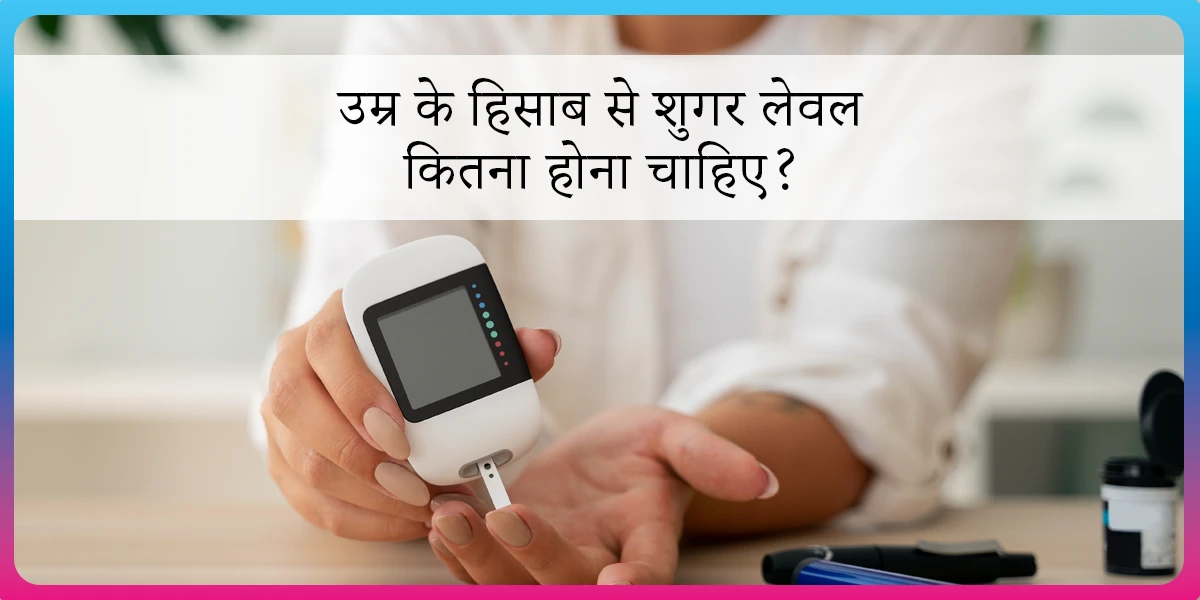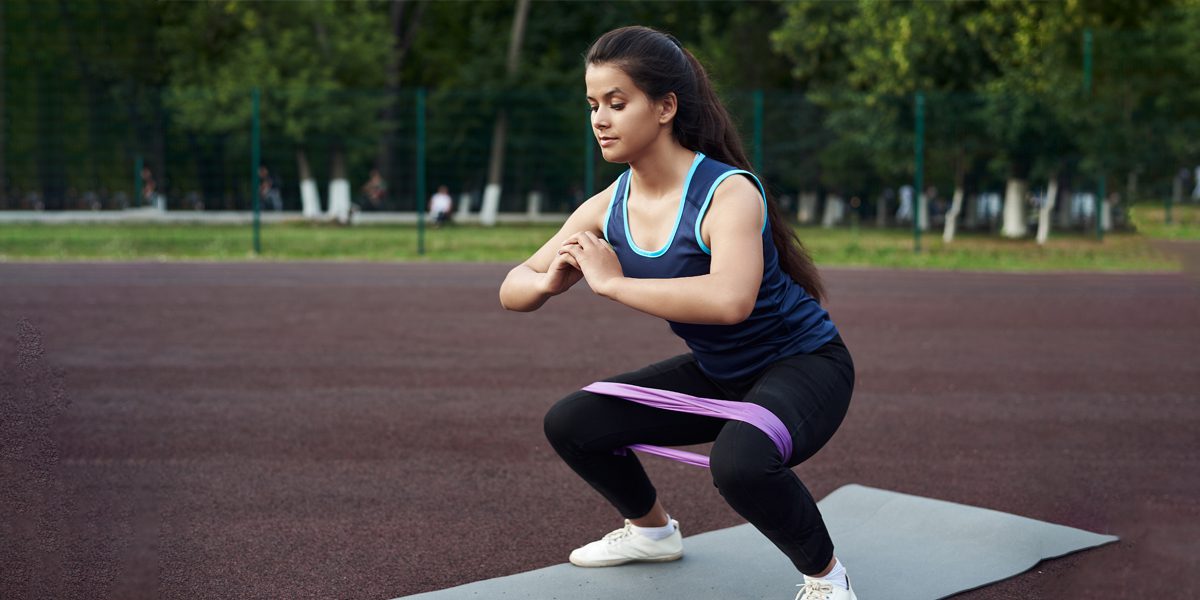Top 14 Low-Calorie Vegetables for Effective Weight Loss
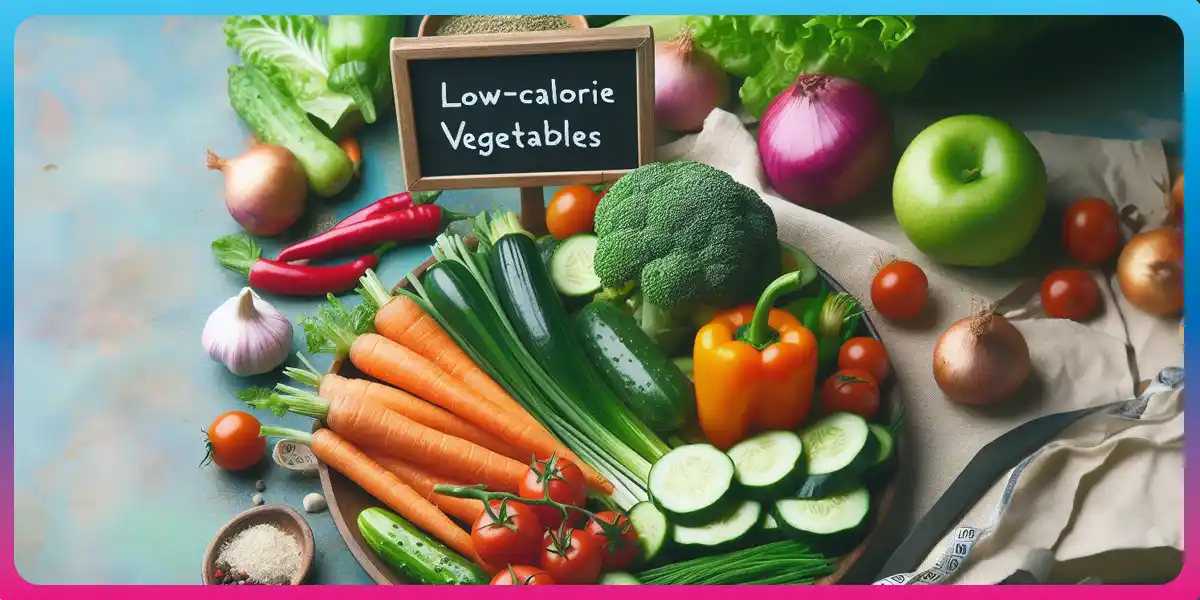
Understanding Low-Calorie Foods
Weight management is impossible without a low-calorie diet. A low-calorie diet involves limiting the calories consumed in a day.
For effective weight management, you must work with a dietitian as they help you figure out the right number of calories for you per day, structure your meals and find the right portion for each food choice.
Low-calorie foods, including low-calorie vegetables, have high satiety, which means they can keep you feeling full while reducing your overall caloric intake. This way, they help in weight loss.
Low-Calorie Vegetables to Help in Weight Loss
Vegetables have high fibre and water and less starch, fats and proteins. Due to this, they are low in calories.
Let’s look at a few vegetables low in calories that you can include in your weight-loss diet:
1. Tomatoes
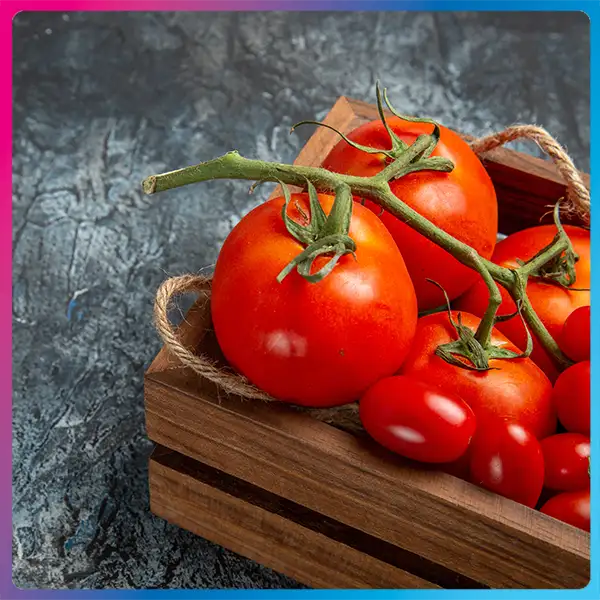
Nutritional benefits
Water makes over 95% of tomatoes. The remaining 5% is fibre and carbohydrates. Due to this, tomatoes are low energy dense and provide around 18 calories per 100 g.
Other nutrients present in tomatoes include potassium, vitamin C, folate and plant compounds with antioxidant properties such as lycopene, beta carotene, and chlorogenic acid.
How to include it in your diet?
Tomatoes form the basic foundation of many Indian curries and gravies. Remember to prepare them in low-calorie oil. Other recipes where you can use tomatoes and are good for weight loss are:
- Salads
- Tomato soup
- Raita/koshimbir
- Tomato rice
- Tomato chutney with no sugar/sweetener
- Tomato bhaji
2. Cucumbers
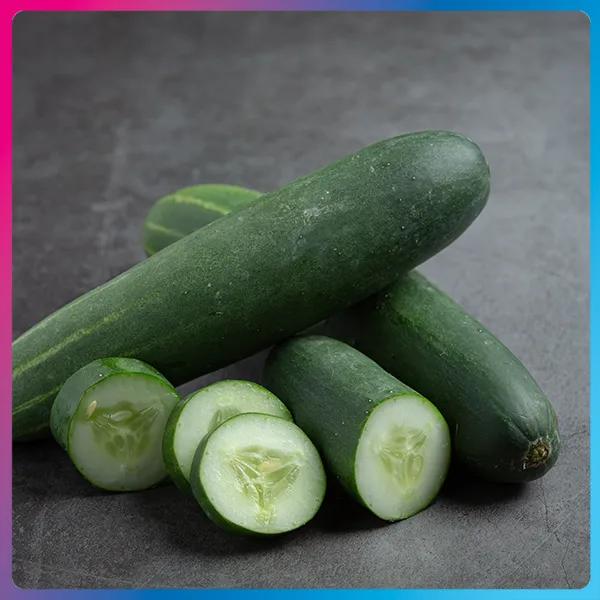

Nutritional benefits
Cucumbers are rich in vitamins like vitamin K and lots of water. Besides their hydrating and cooling properties, cucumbers are low-calorie foods ideal for weight loss. Cucumbers provide between 17 to 19 Calories (per 100 g), making them low-energy-dense foods for weight loss.
How to include it in your diet?
Cucumbers are versatile vegetables and can be used in:
- Salads
- Cold soup
- Refreshing health drinks with other fruit juices
- In raitas with curd
3. Lady’s finger (Okra)
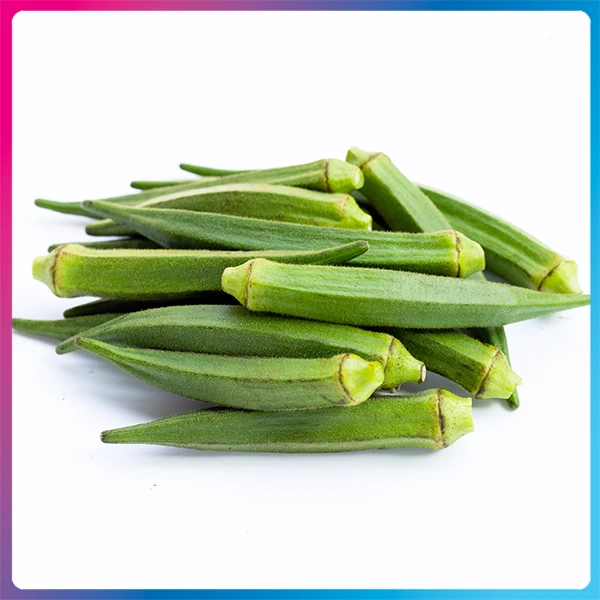

Nutritional benefits
The lady’s finger or okra is rich in magnesium, folate, fibre, antioxidants, vitamins K, A and C. The Lady’s finger is low in calories (around 27 calories) and carbohydrates, which makes it an excellent vegetable for weight loss. It also contains powerful antioxidants that fight free radicals responsible for the development of chronic health conditions.
How to include it in your diet?
Preparing the lady’s finger is easy. Here are some ways to include it in your weight loss diet:
- Bhindi ki bhaji (steamed bhindi with little or no oil)
- Bhindi masala (prepared in low-fat)
- Bhindi in curd
4. Beetroot
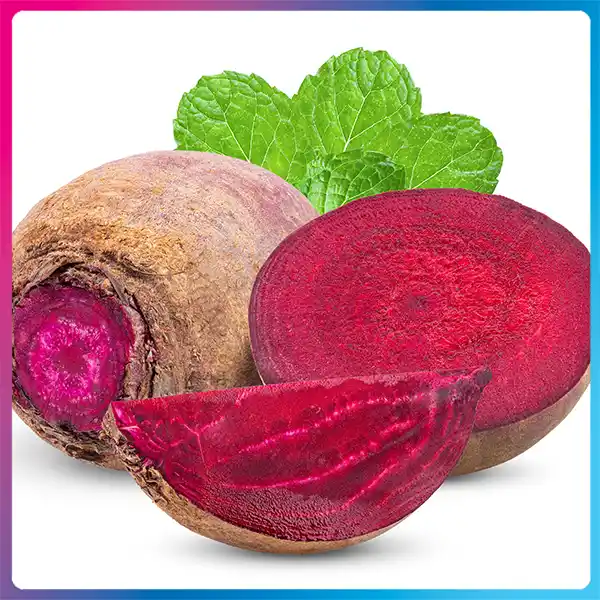

Nutritional benefits
Beetroots are another healthy food rich in antioxidants and fibre. They provide 35 calories of energy, which makes them low-energy-dense foods. The high fibre and low calories make beetroots an excellent addition to your weight loss diet.
How to include it in your diet?
Beetroots are easy to incorporate into your diet. Here are some ways to use them:
- Salads
- Raitas and koshimbir with curd
- Curries
- Pulav
5. Broccoli
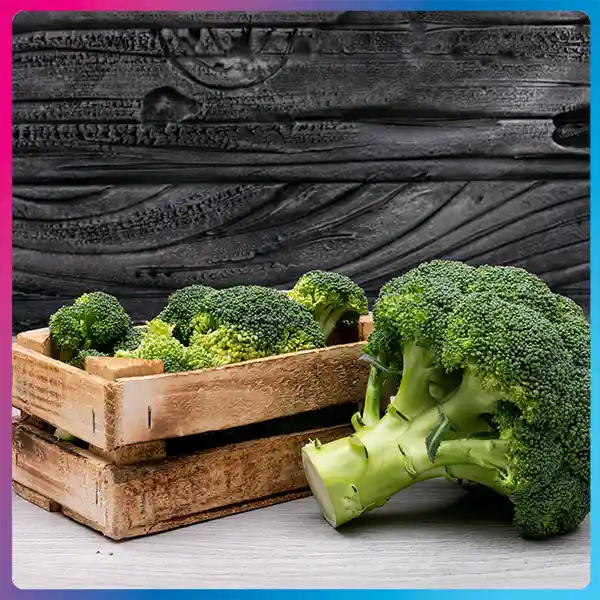

Nutritional benefits
Broccoli is a known weight-loss vegetable with several health benefits. This vegetable is rich in antioxidants and micronutrients like potassium, vitamin C, iron, vitamin B6, calcium, and magnesium. Broccolis are low-energy-dense vegetables providing just 34 calories per 100 g of the vegetable.
How to include it in your diet?
Broccoli has become popular in India today and has been found in a variety of dishes. Here are some healthy ways to include broccoli in your weight-loss diet:
- Steamed broccoli with a lean protein and a complex carbohydrate like quinoa or brown rice.
- Lightly stir-fried broccoli
- Sauteed broccoli with garlic and onion
- Baked vegetables with minimal fat
- In pulav/fried rice
6. Cabbage
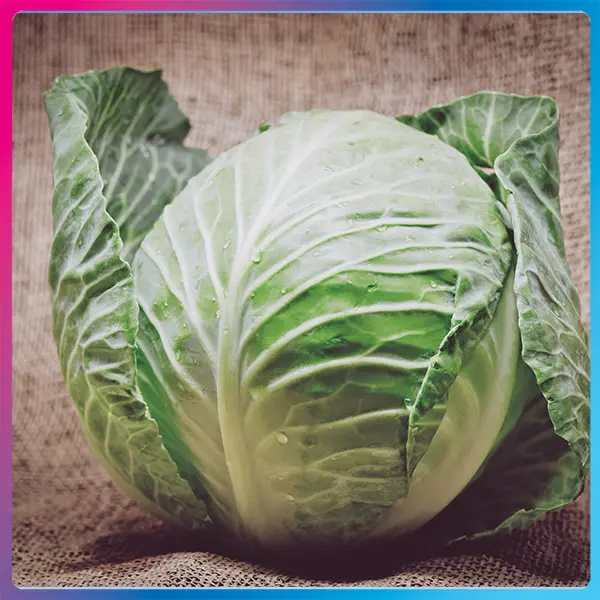

Nutritional benefits
Cabbage belongs to the cruciferous family and is an excellent addition to your weight loss diet. Cabbage is low in calories (around 21.5 calories per 100 g) and rich in other nutrients like fibre, vitamin C, B6, D and magnesium.
How to include it in your diet?
Some low-calorie dishes that you can prepare with cabbage include:
- Salads with low-fat dressing
- Stir-fries
- Paratha
- Curry/bhaji
7. Cauliflower
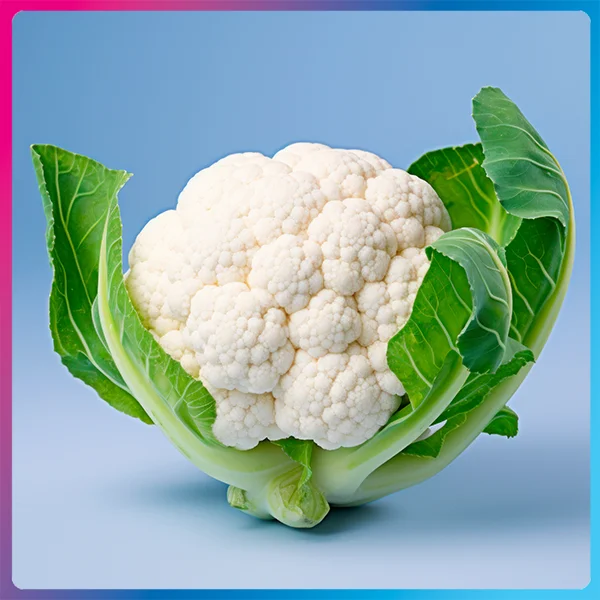

Nutritional benefits
Cauliflowers are nutritious vegetables that are low in calories (22 calories per 100 g). They are also high in fibre and water, making them great for digestion and weight loss foods. Cauliflowers are low in fat but rich in vitamin C, K, calcium and iron. Other vitamins present in cauliflower include vitamins A, E, B5 and B6.
How to include it in your diet?
A very popular vegetable in Indian households, cauliflowers can be used in several dishes:
- Stir fry
- Curries
- Pulav
- Baked cauliflower
- Paratha
- Gobi rice
8. Pumpkin
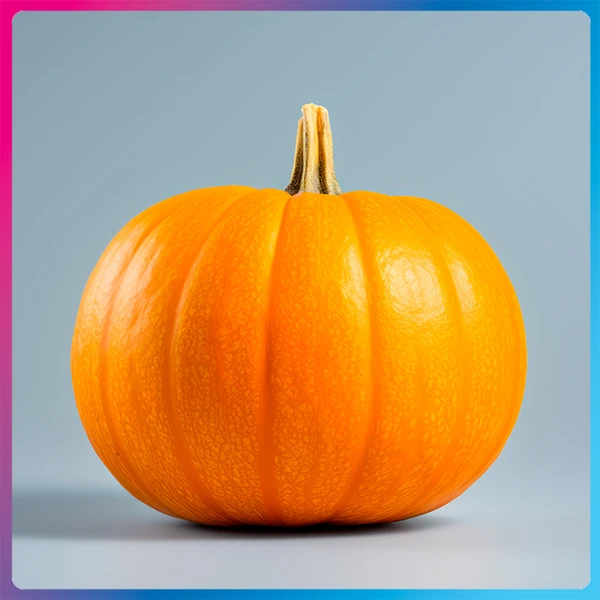

Nutritional benefits
Pumpkins are filling vegetables that are rich in antioxidants (beta carotene), fibre and micronutrients like vitamins C and E, iron and folate. For this reason, pumpkins are good for vision, prevent chronic diseases, and boost immunity. Being low in calories (23 calories per 100 g), they are great for weight loss.
How to include it in your diet?
Here are some healthy ways to include pumpkin in your diet:
- Pumpkin soup
- Kaddu ki sabji
- Paratha
- Added to sambhar, pulusu, undyu
- Mor kulambu ( a type of kadhi)
9. Mushrooms
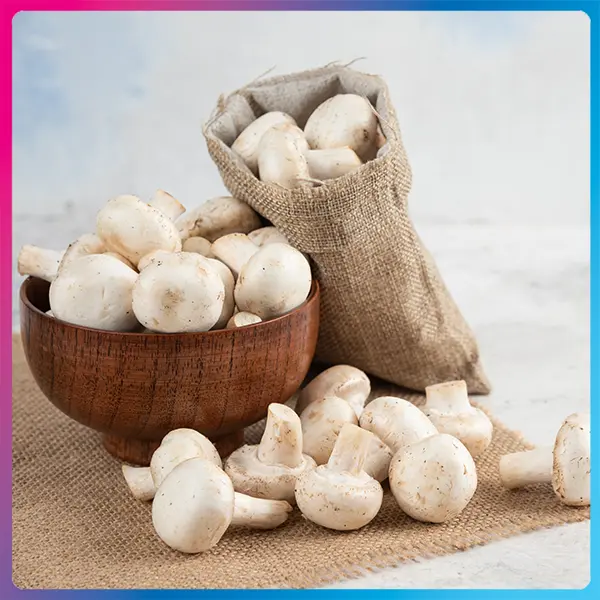

Nutritional benefits
Our list of low-calorie veggies is incomplete without mentioning mushrooms. The regular button mushroom available in India provides 27 calories per 100 g and is therefore considered low-energy dense.
Besides being low in calories, mushrooms are packed with nutrients like vitamin D, selenium, and vitamin B6. Due to its nutrients and high water content, mushrooms are good for weight loss.
How to include it in your diet?
Mushrooms are versatile and can be added to a variety of savoury dishes, such as:
- Stir-fried vegetables
- Curry
- Soup
- Salads
10. Spinach
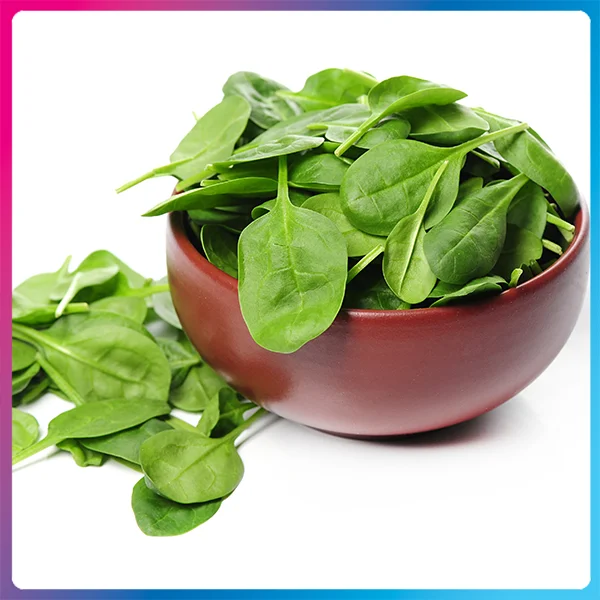

Nutritional benefits
Spinach is rich in nutrients like fibre, iron, magnesium, potassium, magnesium, vitamin A and folate. Vegetables are also considered low-energy-dense (24.3 calories per 100 g) and ideal for weight loss.
How to include it in your diet?
Spinach can be added to several weight-loss dishes including:
- Palak Paneer
- Salads
- Stir fry
- Dals
- Palak rice
- Palak vegetable tikki prepared in low-fat oil (olive oil)
11. Beans
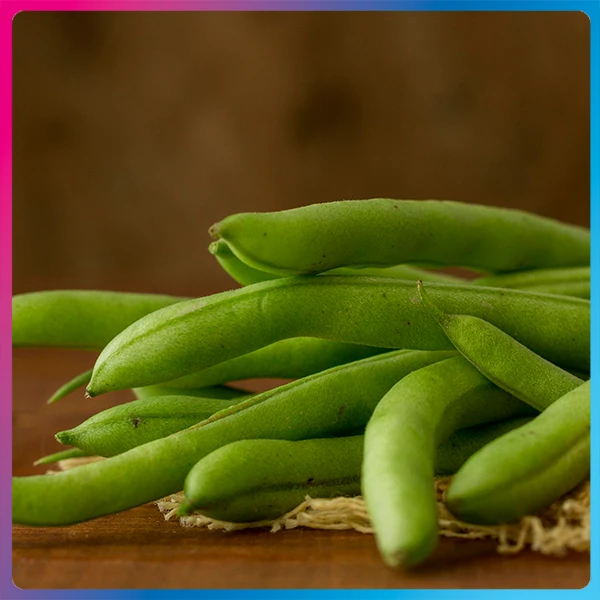

Nutritional benefits
All types of beans are high in fibre and protein, both of which make them excellent low-calorie veggies for weight loss. They are low in calories (Hybrid French beans contain 22 calories to 40 calories per 100 g depending upon the type of beans). These nutrients also give beans a high satiety level, keeping you feeling full for longer.
How to include it in your diet?
Beans are versatile and can be added to your diet in the following ways:
- Breakfast: In upma, oats chilla, savory oats
- Lunch and dinner: Beans bhaji, in pulav/biryani, franky, whole wheat noodles
12. Carrots
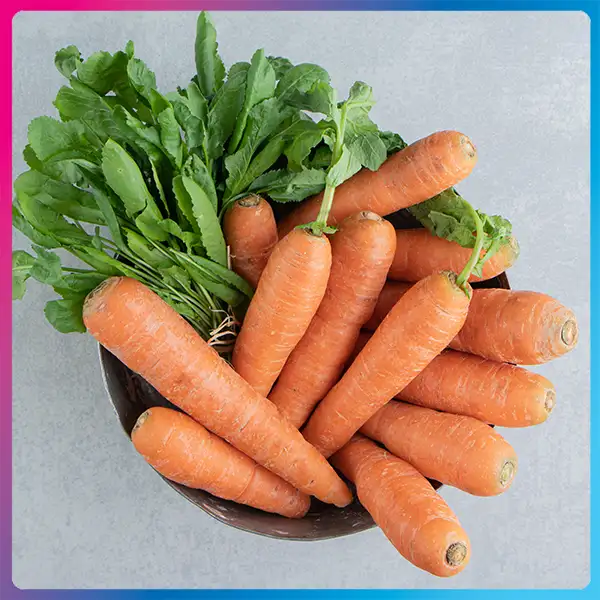

Nutritional benefits
Carrots are rich in fibre and micronutrients but low in calories (100 g carrot gives 33-38 calories). The high fibre content in carrots gives them a high satiety value, keeping you feeling full and preventing unhealthy snacking. These properties make carrots excellent veggies for weight loss.
How to include it in your diet?
A staple in most Indian households, carrots are used to prepare several healthy dishes:
- Salads
- Raita
- Koshimbir
- Oats chilla
- In pulav/biryani
- Stir-fried veggies
13. Lettuce
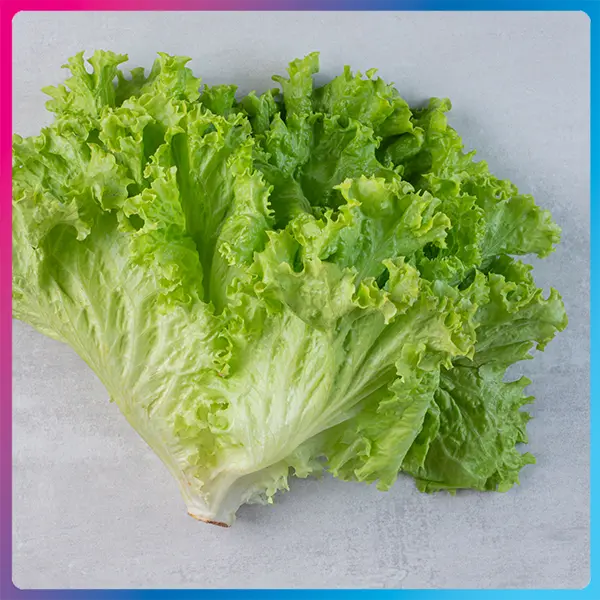

Nutritional benefits
One of the most popularly used vegetables in healthy diets, lettuce is high in nutrition. At the same time, lettuce is also low in carbohydrates and cholesterol.
The vegetable is high in water and fibre content, keeping you full longer. These properties and its low-calorie nature (21 calories per 100 g) make it an ideal vegetable for weight loss.
How to include it in your diet?
Lettuce is most commonly used in salads.
14. Gourds
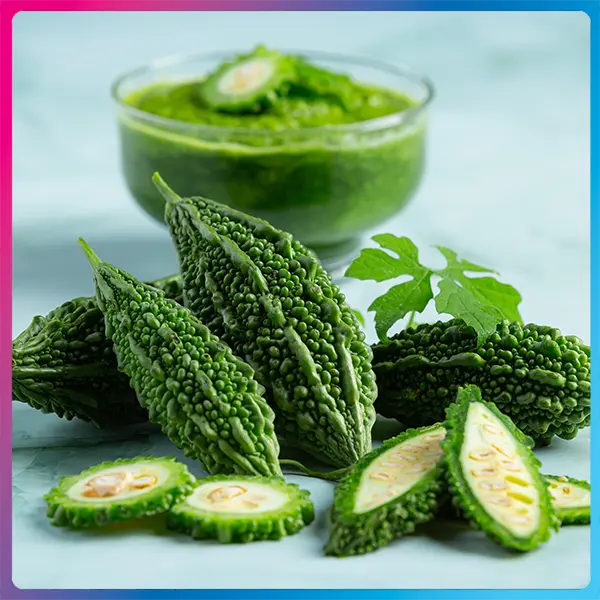

Nutritional benefits
Most gourds (dudhi, dodka, turi, parwal, etc) contain high fibre and water content, giving them a high satiety. These vegetables are also low in cholesterol and carbohydrates, making them low-calorie vegetables (containing 12 calories to 15 calories per 100 g, depending upon the type of gourd) ideal for weight loss.
How to include it in your diet?
All gourds can be used to prepare stir-fries and bhajis. Preparing koftas or frying them in oil can increase their caloric value.
We recommend that you consult your dietician about the right way to prepare these low-calorie veggies as part of your low-calorie diet.
FitterTake
Vegetables low in calories are excellent additions to your weight-loss diet. While you include these vegetables in your diet, you must also ensure you are using appropriate cooking methods.
Using high-calorie and high-fat oils for cooking or adding sweeteners like sugar, honey, and jaggery can increase the caloric value of the dish.
We highly recommend consulting a dietitian who can help you lose weight in the healthiest way possible. To learn more, speak to us or simply give us a missed call at 08068507599, and we will reach out to you.
Wish to begin your weight loss journey? Sign up for Fitterfly’s Weight Loss Program today!
Lost 11 kg in 3 months with… Fitterfly’s easy diet plan


66kg
Happy members
EMI
Guarantee
4.8/5
Weight Loss Program
This blog provides general information for educational and informational purposes only and shouldn't be seen as professional advice.
Frequently Asked Questions
What are low-calorie vegetables, and why are they important for weight management?
Low-calorie vegetables are low in carbohydrates but are usually rich in dietary fibre, protein and healthy fats. Since you gain weight by consuming excessive calories, low-calorie vegetables prepared with fewer carbohydrates and saturated fats are good for weight management.
Can I eat unlimited amounts of low-calorie vegetables?
While low-calorie vegetables can help you lose weight, unlimited consumption may cause an imbalance of nutrients. You must always consult a dietician while undergoing weight loss or including low-calorie veggies in your diet.
Are there any potential allergies or considerations to be aware of with these vegetables?
Most low-calorie vegetables can be consumed by everyone. Some people, however, may develop allergies to one or more of these vegetables.
How quickly can I expect to see results from including these vegetables in my diet?
If you wish to lose weight, you must always do so under the guidance of a dietician. Eating low-calorie vegetables alone cannot help you lose weight. Diet, exercise, sleep and stress-busting are all important while trying to lose weight. Ask your dietician about the healthiest way to lose weight.











